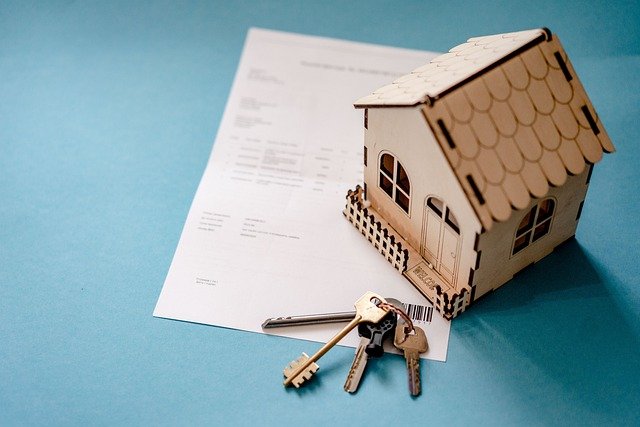Unmasking the Potential in Second-Tier City Real Estate Investments
When it comes to real estate investment, second-tier cities often play second fiddle to their more glamorous first-tier counterparts. Yet, in the shadows of the glitz and glamour, these cities harbor untapped potential. Let's delve into the world of second-tier city real estate investment and unmask the opportunities that lie beneath the surface.

The Second-Tier City: A Tale of Growth and Potential
Second-tier cities, also known as mid-sized or secondary cities, refer to those that are not the primary economic hubs of a country. Though they may lack the allure of the bustling metropolises, they possess their own unique charm and potential. Historically, these cities have provided a less competitive, yet stable investment environment. Their growth, however, was often dwarfed by the rapid expansion of first-tier cities.
The Winds of Change: Current Market Trends
In recent years, there has been a significant shift in the real estate market. Second-tier cities are increasingly attracting attention as viable investment options. This shift is driven by factors such as lower cost of living, improving infrastructure, growing economic development, and a surge in remote work. As a result, these cities are witnessing population growth and increased demand for housing and commercial spaces.
Unearthing Advantages and Overcoming Challenges
Investing in second-tier city real estate presents a host of benefits. Firstly, properties in these cities are often more affordable, allowing investors to enter the market at a lower cost. Secondly, the rising demand and population growth can drive up rental income and property values. However, investors should also be cognizant of the potential challenges. These may include slower economic growth, lower liquidity, and potentially lower yields compared to first-tier cities.
The Potential Impact: A New Investment Frontier
The rise of second-tier cities could reshape the real estate investment landscape. For buyers, it could mean more affordable homes in growing cities. For sellers, it could translate into rising property values. For investors, it could open up a new frontier of investment opportunities, offering a blend of stability and growth potential.
The Power of Research: Making Informed Decisions
As with any real estate decision, thorough research is crucial when considering second-tier city investments. This involves understanding the local economy, demographic trends, rental yields, property prices, and future growth prospects.
In conclusion, while second-tier cities may not have the bright lights of the metropolises, their real estate markets are glowing with potential. By unmasking this potential, investors can uncover a world of opportunities that could yield substantial returns in the long run.




